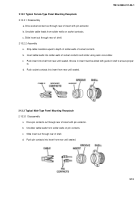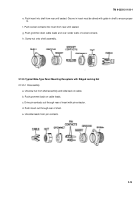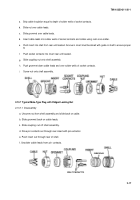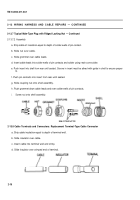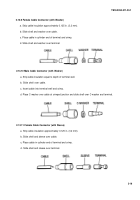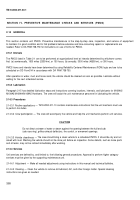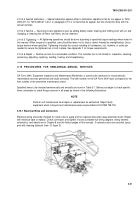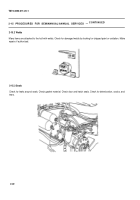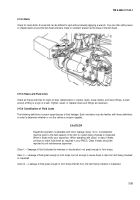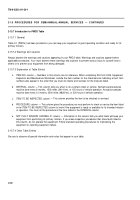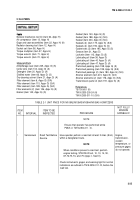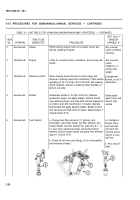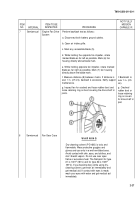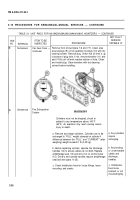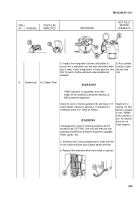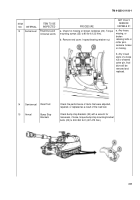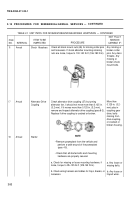TM-9-2350-311-20-1 - Page 71 of 1275
TM 9-2350-311-20-1
2-15.4 Bolts
Check for loose bolts. A loose bolt can be difficult to spot without actually applying a wrench. You can often tell by loose
or chipped paint around the bolt head and bare metal or oxidation present at the base of the bolt head.
2-15.5 Hoses and Fluid Lines
Check all hoses and lines for signs of wear (deterioration or cracks), leaks, loose clamps, and loose fittings. A stain
around a fitting is a sign of a leak. Tighten, repair, or replace hoses and fittings as necessary.
2-15.6 Classification of Fluid Leaks
The following definitions concern types/classes of fluid leakage. Each mechanic must be familiar with these definitions
in order to determine whether or not the vehicle is mission capable.
Equipment operation is allowable with minor leakage (class I or II). Consideration
must be given to the fluid capacity in the item or system being checked or inspected.
When in doubt notify your supervisor. When operating with class I or class II leaks,
continue to check fluid levels as required in your PMCS. Class Ill leaks should be
reported to unit maintenance supervisor.
Class I — Seepage of fluid (indicated by wetness or discoloration) not great enough to form drops.
Class II — Leakage of fluid great enough to form drops, but not enough to cause drops to drip from item being checked
or inspected.
Class Ill — Leakage of fluid great enough to form drops that fall from the item being checked or inspected.
2-23
CAUTION
Back to Top

